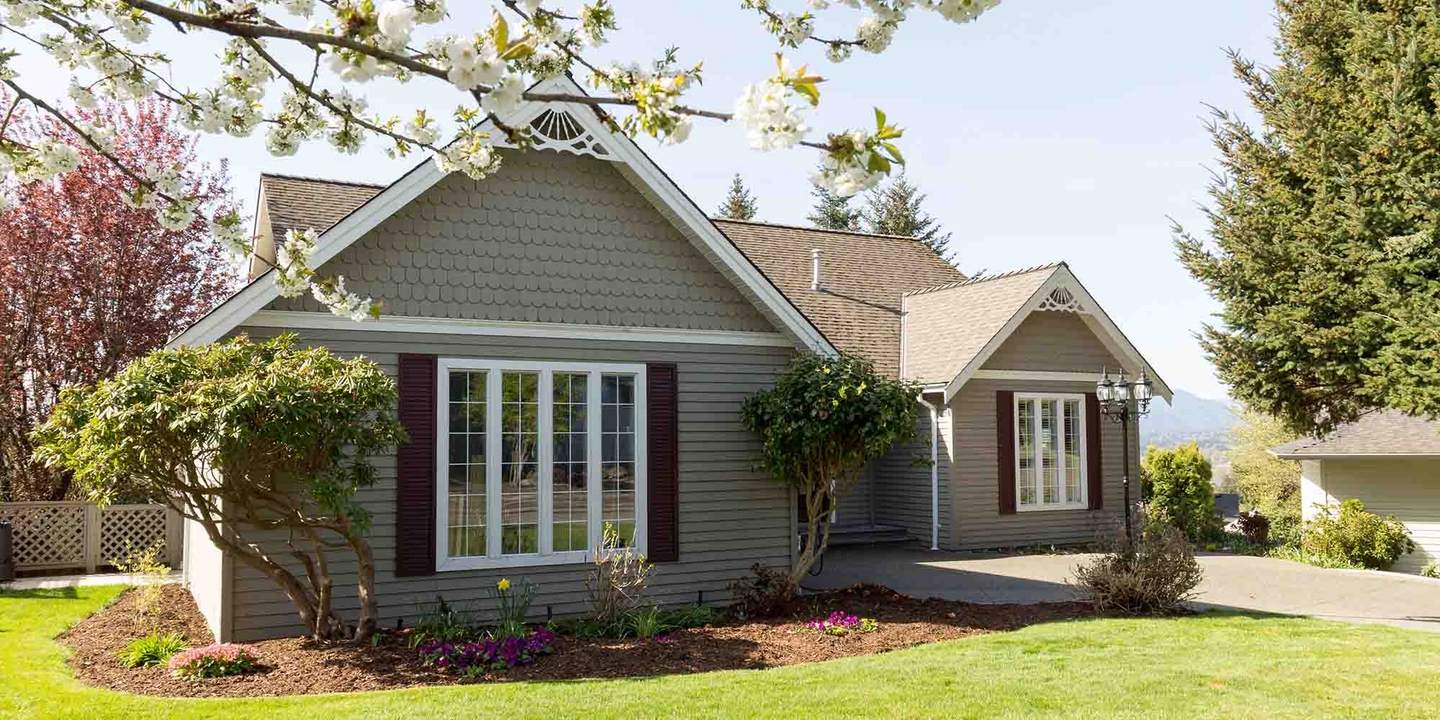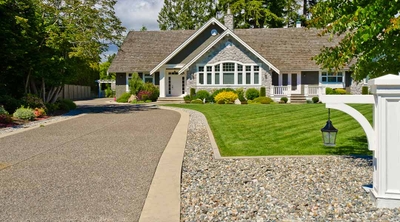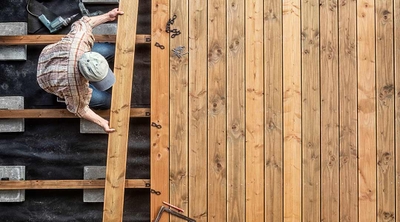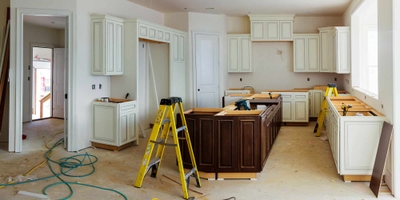What is foundation piering?
2 min read
Have you noticed cracks in your walls? A sloping floor? Sticking doors? Water damage? Many of the most common home maintenance issues aren’t what you think. Often, the problem is with the home’s foundation and not necessarily the wall, floor, or door itself. A foundation inspection can let you know if your foundation is sinking or settling. For serious foundation issues, a repair technique called foundation piering, also referred to as basement piering, can help address the issue.
How do foundation piers work?
“Piering a foundation is a process of modifying your existing foundation by extending beams into the ground below,” says Kerry Sherin, consumer advocate at Ownerly. The piers will go much deeper into the ground and provide more stability. “Well-designed and properly installed foundation piering systems provide a basis for raising the structure to a more acceptable elevation,” says Sherin, “and add vertical support to prevent the underpinned area from sinking.”
Foundation piering strengthens and stabilizes a home’s foundation more effectively than sealing the crack. While all foundation piers serve the same purpose, homeowners should know about the different types of piers when speaking to a foundation piering professional such as a structural engineer.
“When selecting the method of repairing a home, the buyer must be both educated and selective,” Sherin says. “It’s possible that improper foundation repair methods could lead to additional defects and tens of thousands of dollars in follow-up repairs.”
What are the different types of foundation piering?
Helical pier
A helical pier is a galvanized steel screw that attaches a structure to the ground. Builders use helical piers for commercial construction and foundation repair more often than for residential foundation piering.
Steel push pier
A steel push pier uses high-strength steel tubes and a load transfer bracket, creating a foundation piering system that can bear the full weight of a home and transfer it to more stable soil. Steel push piers may also be called jacked piles, resistance piers, or hydraulically driven piers. “The major advantage of the steel push pier system is that it does not require a lot of heavy equipment, which makes it ideal for hard-to-access foundations,” Sherin says.
Straight-shaft end-bearing and belled or under-reamed piers
There are also straight-shaft end-bearing piers and belled or under-reamed piers. Straight shaft piers are primarily used when the soil directly below the foundation can’t support the weight of the building. Belled or under-reamed piers are like straight-shaft piers with slightly different shapes.
How much does foundation piering cost?
Foundation repair can be costly if major repairs are needed. Foundation piering can help curb the cost compared to a total replacement, but it’ll still likely be an uncomfortable spend. According to HomeAdvisor, piers cost between $1,000 and $3,000 each. The good news is that foundation piering is usually a permanent solution and, therefore, likely a one-time cost.
The dwelling coverage in homeowners insurance doesn’t cover foundation damage unless a covered peril such as lightning or a tornado has caused it, but it’s always best practice to check with your insurer before making significant home repairs like foundation piering.
Before hiring a professional to repair your foundation, ensure you know the most important questions to ask a contractor. Having a clear understanding before the work starts can help save you a lot of trouble later. It’s also a good idea to understand how home insurance works during a renovation or major home repairs like foundation piering.






